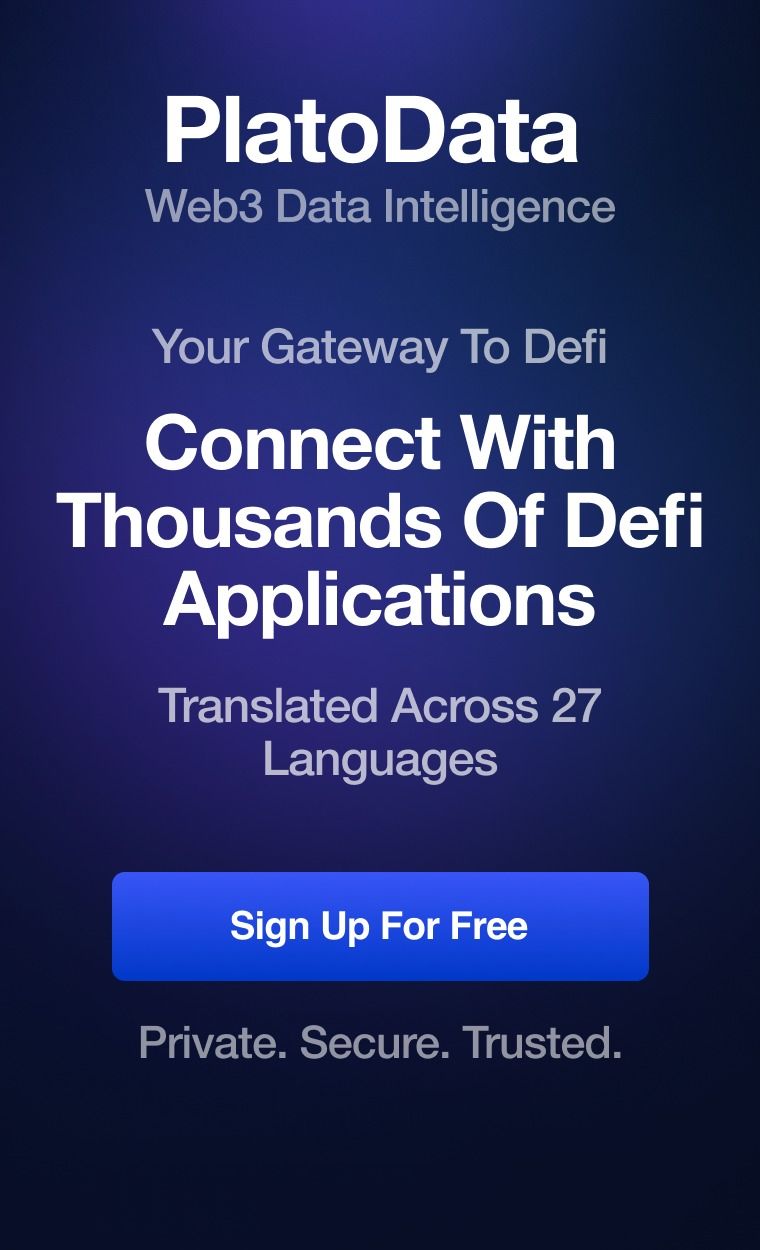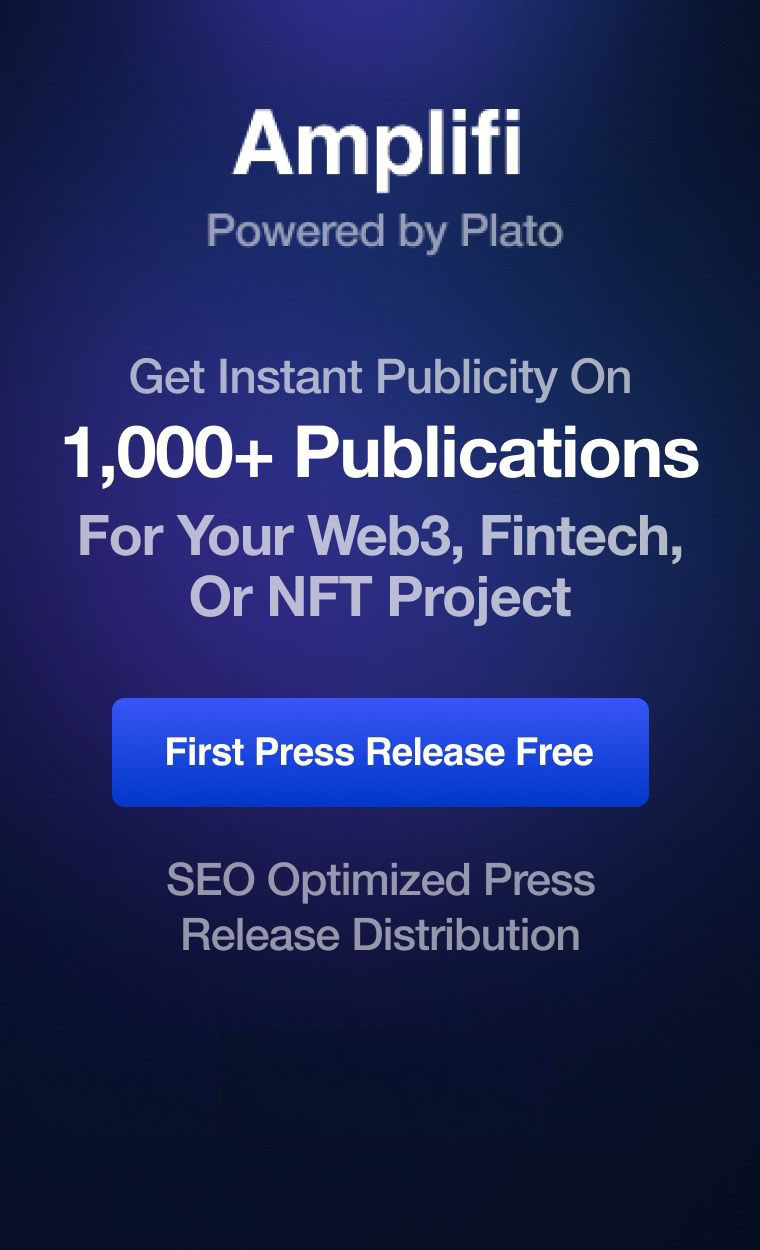
HONG KONG, Jan 4, 2021 – (ACN Newswire) – Blockpass is excited to reveal its mainnet launch as a data provider on the Chainlink Network – the most widely used decentralised oracle solution in the blockchain ecosystem. This groundbreaking integration will result in Blockpass, via our own Chainlink node managed by LinkPool, providing seamless and secure on-chain KYC data across all of the leading blockchain platforms. The possibilities created by this are expansive and will entail multiple services for proving age, geography, and investor classification, amongst others.

Much like the oracles in ancient times, entities on the blockchain turn to oracles as a source of information that comes from outside their frame of reference – knowledge they could not get themselves. At Delphi, visitors would speak to the Pythia and receive the wisdom of the god Apollo for answers to deep or important questions; on a blockchain, entities such as smart contracts can obtain external information or data from an oracle in order to execute critical on-chain functions. For example, a blockchain-based gaming app could use an oracle to establish the score of a football match before settling a bet, or an on-chain rental agreement may rely on an oracle to notify it when the appropriate payment is made into an off-chain account before unlocking the rental property.
Oracles are therefore necessary to enable blockchains to connect and exchange data with the real world. Chainlink has established itself as the market-leader in blockchain oracles by providing a multitude of guarantees to users, including thoroughly audited and time-tested open source oracle software, the ability to cryptographically sign data on-chain to prove its integrity as coming from the intended source, reputation systems and listing services so users can verify the performance of oracle nodes, and a blockchain agnostic design that can make data available to all current and future blockchains from a single framework.
Whilst blockchain technology holds vast potential to revolutionize multiple industries, with solutions that generate huge time and efficiency savings for existing business processes or even seed entirely new business models, it has also suffered in the past from a lack of regulation and compliance. Without the security provided by regulatory oversight and the ability to prove compliance, the blockchain industry is still plagued by a lack of trust, which has restricted its adoption by traditional financial entities and left users open to scams and malicious actors. Without a means to identify entities involved in a blockchain application, many meaningful use cases cannot operate in a trusted manner consistent with current regulations. These realisations, and the necessity of identification services, led to the development of Blockpass.
Blockpass is a digital identity verification provider which offers a one-click compliance gateway to financial services and other regulated industries. Through Blockpass, users can create, store, and manage a data-secure digital identity that can be used for an entire ecosystem of services, token purchases, and regulated industry access. For businesses and merchants, Blockpass is a comprehensive KYC & AML SaaS that requires no integration or setup cost. You can set up a service in minutes, test the service for free, and start verifying and on-boarding users.
By combining the two technologies, Blockpass and Chainlink can provide a solution that the blockchain ecosystem desperately needs – automated on-chain KYC in a blockchain-agnostic manner. When Blockpass was first created, the driving force behind its development was providing identities for every component or person on the blockchain in order to facilitate interactions via on-chain identities. Despite this, putting personal information onto an immutable blockchain generates personal and regulatory conflicts, particularly where data privacy is concerned. Through Chainlink’s innovative oracle solution, dApps can use the BlockPass Chainlink oracle to perform KYC and identity verification checks on a variety of blockchains in a simple, safe, and compliant manner, all without ever putting personal data on-chain. Blockpass will also cryptographically sign the data it posts on-chain through the unique private key of our Chainlink node, giving users even greater assurances that it came direct from the source and was not tampered with.
This allows the Chainlink Network to support an evolution in regulatory compliant DeFi applications via Blockpass’ unique KYC Connect solution and verification services.
Speaking on this development, Blockpass CEO Adam Vaziri said: “The opportunity of working with Chainlink was really a no-brainer for us. We share distinctly similar values around the importance of security, the demand for on-chain compliance, and the power of decentralization. This integration will enable us to do what we’ve always been working towards, provide KYC and virtual asset/blockchain compliance data on-chain across multiple blockchains. We first introduced the world to the idea of anon-chain KYC provider, which was why we built Blockpass in the first place – and now with the help of Chainlink it’s finally in production.”
Also commenting on the integration, Head of Chainlink Business Development Daniel Kochis stated: “We’re excited to empower developers around the world wanting to build regulatory compliant DeFi applications by providing them with on-chain access to Blockpass’s KYC/AML services via Chainlink. This expansion in data available to smart contract developers will support a next wave of more advanced DeFi products, particularly those seeking to build or access on-chain financial products with built-in compliance.”
Blockpass has grown significantly in size and use since its inception, both in the number and range of users and companies it has partnered with, and the scope of its work. Blockpass continues to develop its digital identity protocol with updates and additions to improve the compliance experience. Blockpass has seen rapidly increasing numbers of users in the past year as its identity verification solution is used for ICOs, STOs and IEOs, including supporting a number of successful fundraisers in the past few months.
With a current 90%+ discount on its services, a fact made possible due to the unique reusable nature of its verification method, and put in place to help as many people as possible access KYC in the current pandemic, there has never been a better time to explore the potential of Blockpass. The Blockpass App is available from the App Store and Google Play.
About Blockpass
Blockpass is a fast, fully comprehensive KYC & AML screening software-as-a-service for Crypto, Defi and other regulated industries. With Blockpass, you get an unmatched set of benefits for any compliance service that includes pay-as-you-go, no setup cost, no integration necessary, free testing, immediate launch and at the lowest cost. Blockpass’ KYC Connect(TM) platform enables businesses to select requirements for customer onboarding that can include ID authentication, face-matching, address checking, AML ongoing monitoring, and/or screening of sanctions lists, politically exposed persons (PEP), and adverse media. Through Blockpass, end-users easily create a verified portable identity that they can control and re-use to onboard with any service instantly. For more information and updates, please visit http://www.blockpass.org To test the service for free, sign up to the Blockpass console, http://console.blockpass.org, or contact sales at [email protected].
About Chainlink
Chainlink is the most widely used and secure way to power universal smart contracts. With Chainlink, developers can connect any blockchain with high-quality data sources from other blockchains as well as real-world data. Managed by a global, decentralized community of hundreds of thousands of people, Chainlink is introducing a fairer model for contracts. Its network currently secures billions of dollars in value for smart contracts across the decentralized finance (DeFi), insurance and gaming ecosystems, among others.
Chainlink is trusted by hundreds of organizations to deliver definitive truth via secure, reliable data feeds. To learn more, visit chain.link, subscribe to the Chainlink newsletter, and follow @chainlink on Twitter.
Docs: https://docs.chain.link/docs/getting-started
Discord: https://discordapp.com/invite/aSK4zew
Reddit: https://www.reddit.com/r/Chainlink/
YouTube: https://www.youtube.com/channel/UCnjkrlqaWEBSnKZQ71gdyFA
Telegram: https://t.me/chainlinkofficial
Events: https://blog.chain.link/tag/events/
GitHub: https://github.com/smartcontractkit/chainlink
Price Feeds: https://feeds.chain.link/
DeFi: https://www.chain.link/solutions/defi
VRF: https://chain.link/solutions/chainlink-vrf



